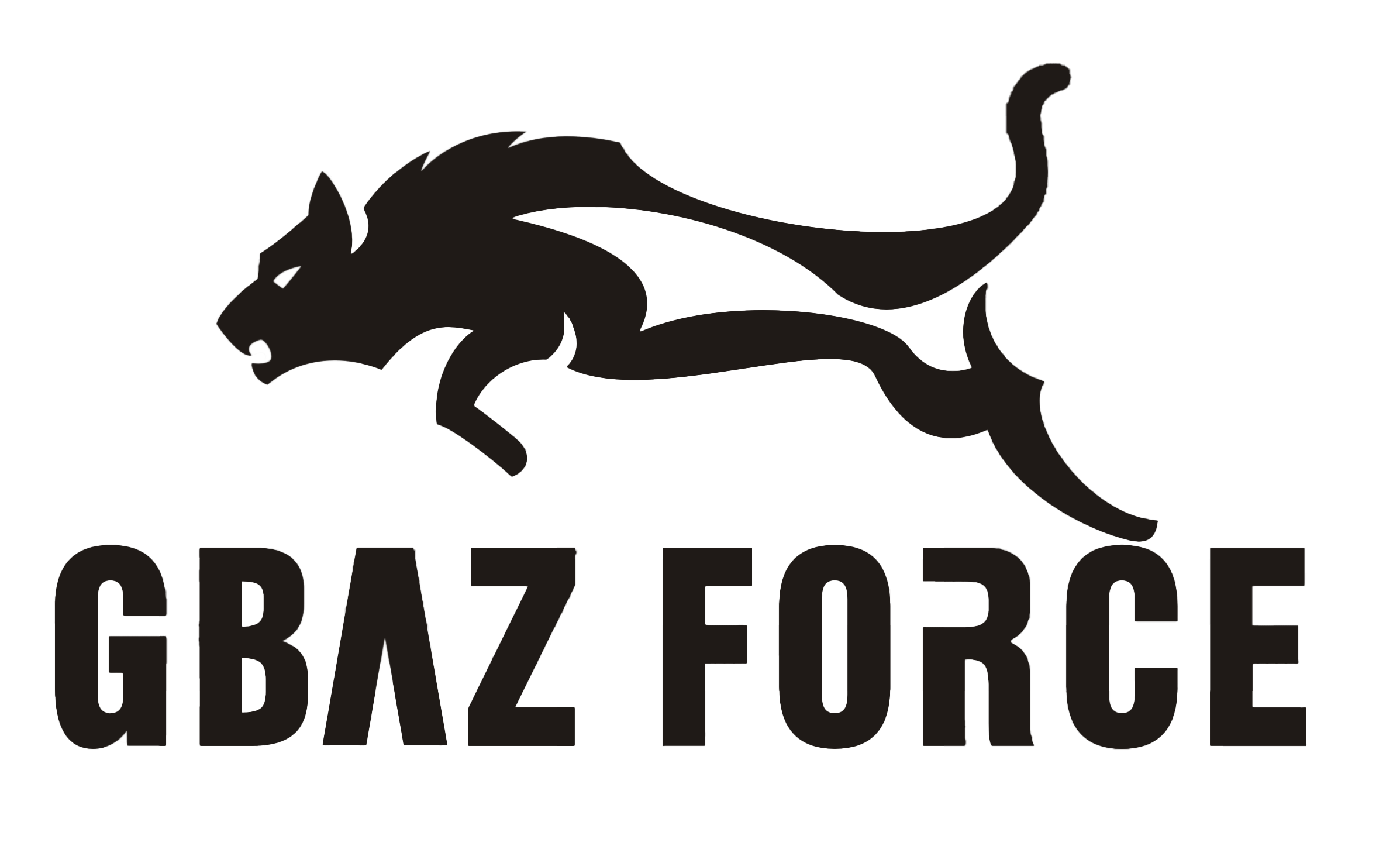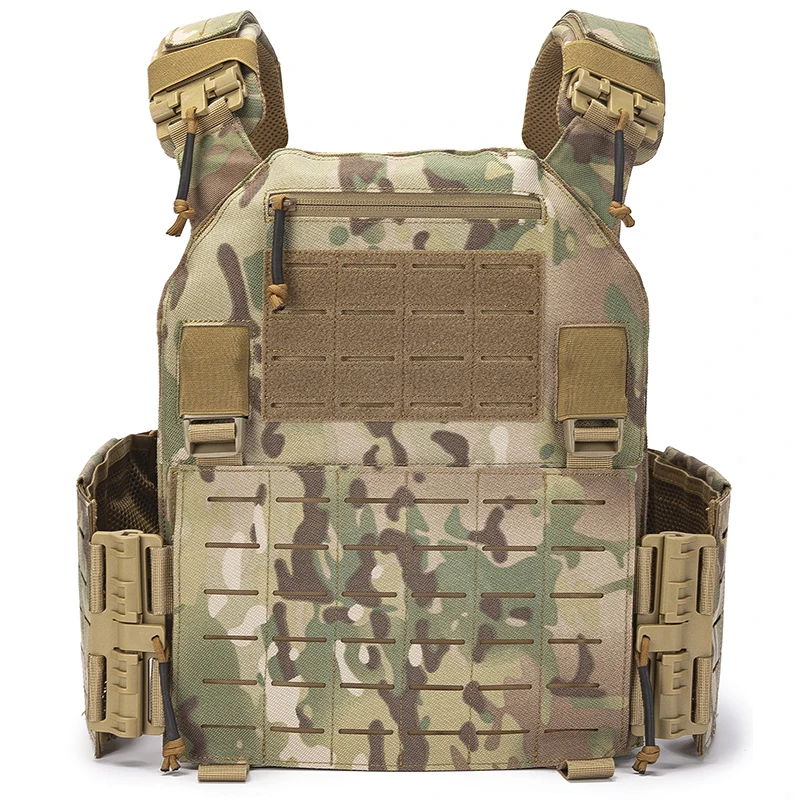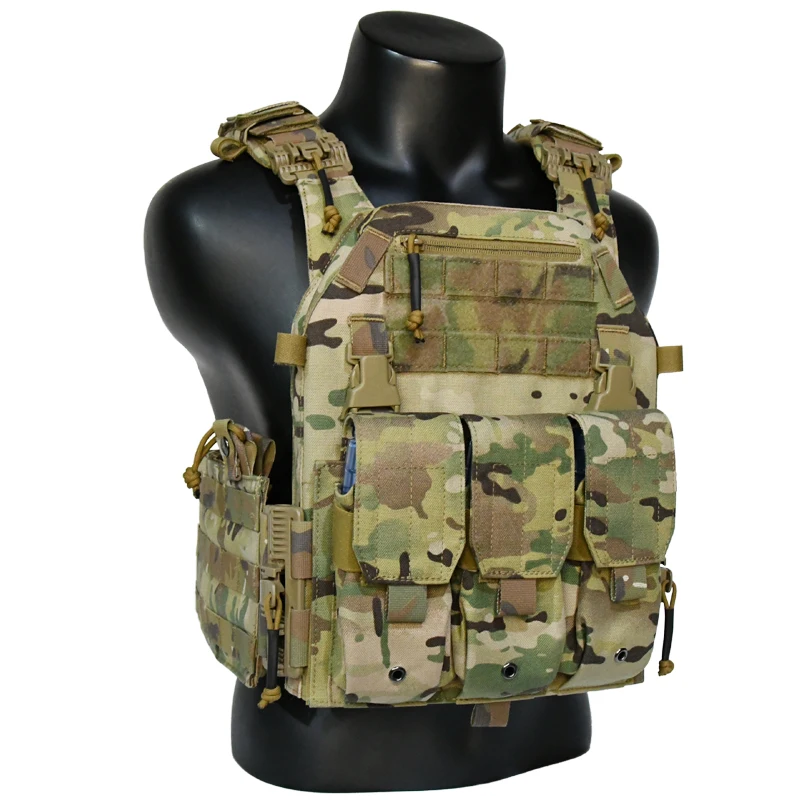Tactical Gear
PRODUCTS
Hunting Backpacks The Ultimate Guide For Hunters
Capacity and Size
The first, and perhaps most crucial, decision is capacity. Consider the length of your hunts and the amount of gear you anticipate carrying. A day hunt will require a much smaller pack than a multi-day expedition. Backpacks are typically measured in cubic inches or liters. Smaller packs (2000-3500 cubic inches or 30-55 liters) are ideal for day trips, while larger packs (4000 cubic inches or more, or 65+ liters) are necessary for extended hunts. Think about the essentials: clothing layers, food, water, first-aid kit, weapon, ammunition, and navigation tools. Overestimating your needs is better than underestimating, but avoid unnecessary weight.
Beyond capacity, consider the pack's dimensions. A tall, narrow pack might be uncomfortable for some body types, while a shorter, wider pack may be better suited for others. Try on packs before purchasing to ensure a comfortable and secure fit. Pay attention to the torso length adjustment feature to customize the pack to your individual size.
Comfort and Fit
A comfortable pack is paramount for long hunting trips. Look for features like padded shoulder straps, a padded hip belt, and a breathable back panel. These features help distribute weight evenly, preventing strain on your shoulders and back. A properly adjusted pack should sit snugly against your back, transferring the majority of the weight to your hips. Consider packs with adjustable torso lengths to fine-tune the fit. The pack should feel comfortable even when fully loaded.
Furthermore, consider the pack's material. Durable, water-resistant materials are essential for protecting your gear from the elements. Look for reinforced stitching and heavy-duty zippers for added longevity. Features like rain covers can provide an extra layer of protection in unpredictable weather conditions.
Features and Organization
Organization is key to efficient hunting. A well-organized pack allows for quick and easy access to essential gear. Look for packs with multiple compartments, pockets, and internal dividers. Dedicated compartments for water bottles, weapons, and first-aid supplies are highly beneficial. Some packs even feature specialized pouches for ammunition or game calls. Consider features like MOLLE webbing, which allows for attaching additional pouches and accessories as needed.
Other features to consider include compression straps to secure the load, hydration system compatibility, and external attachment points for trekking poles or other equipment. Think about the specific needs of your hunting style and choose a pack with the appropriate features to support your activities.
Material and Durability
The material of your hunting backpack directly impacts its durability and lifespan. Look for high-quality, ripstop nylon or other durable fabrics known for their resistance to tears and abrasions. Water resistance is crucial for protecting your gear from rain and snow. Consider a pack with a waterproof or water-resistant coating, or invest in a separate rain cover. Examine the stitching; robust stitching indicates a higher level of quality and durability.
Investing in a high-quality hunting backpack is a worthwhile investment for any hunter. A durable pack will withstand the rigors of the hunt for years, providing reliable protection and convenient organization for your gear. Consider the long-term value rather than simply focusing on the initial cost.
SUBSCRIBE
INQUIRY










